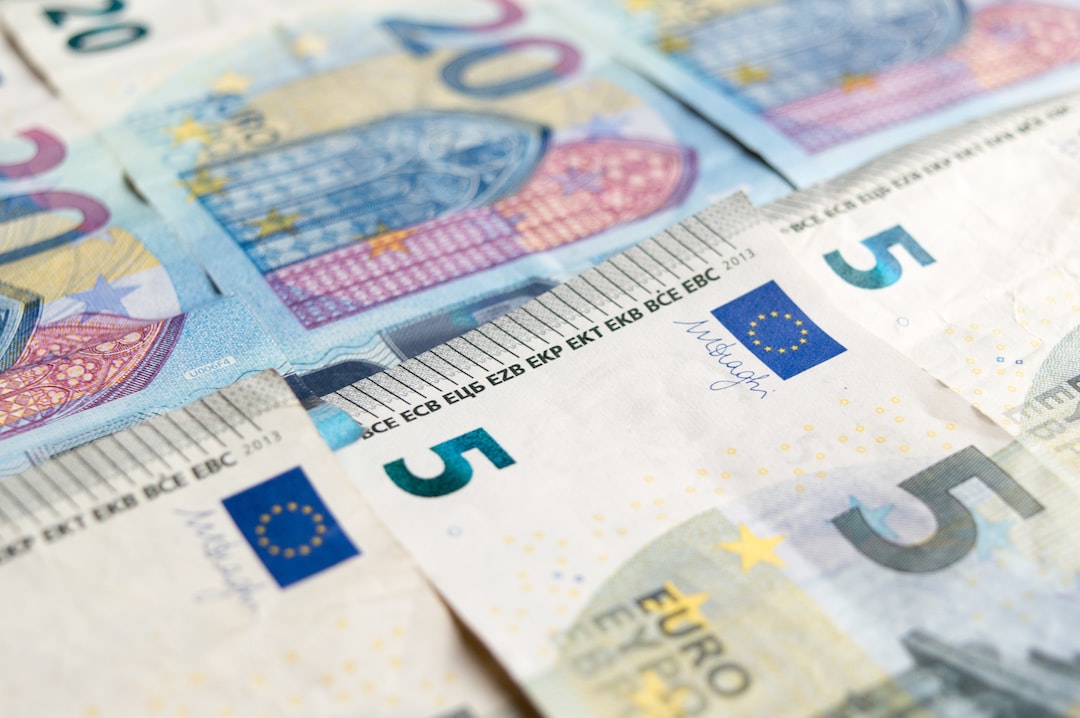Forex market, also known as foreign exchange market, is a decentralized market where the trading of currencies takes place. It is the largest and most liquid market in the world, with an average daily trading volume of over $5 trillion. The forex market is open 24 hours a day, 5 days a week, giving traders the opportunity to trade currencies at any time.
To read the forex market, traders need to have a good understanding of the factors that affect currency prices, the tools used for analysis, and the different types of charts used in forex trading.
Factors Affecting Currency Prices
Several factors affect currency prices in the forex market. These include economic indicators, political events, and central bank policies.
Economic Indicators: Economic indicators such as gross domestic product (GDP), inflation, employment rates, and trade balances can have a significant impact on currency prices. For example, if a country’s GDP is growing at a faster rate than expected, its currency may increase in value.
Political Events: Political events such as elections, wars, and trade agreements can also affect currency prices. For example, if a country is going through a period of political instability, its currency may decrease in value.
Central Bank Policies: Central bank policies such as interest rates and quantitative easing can also affect currency prices. For example, if a central bank raises interest rates, its currency may increase in value.
Tools Used for Analysis
To read the forex market, traders use various tools for analysis. These include technical analysis, fundamental analysis, and sentiment analysis.
Technical Analysis: Technical analysis involves studying charts and using mathematical indicators to identify patterns and trends in the market. Traders use technical analysis to identify entry and exit points for their trades.
Fundamental Analysis: Fundamental analysis involves studying economic indicators and news events to determine the underlying value of a currency. Traders use fundamental analysis to identify long-term trends in the market.
Sentiment Analysis: Sentiment analysis involves studying the mood of the market and the behavior of other traders. Traders use sentiment analysis to identify whether the market is bullish or bearish and to make trading decisions accordingly.
Types of Charts Used in Forex Trading
Traders use various types of charts to analyze the forex market. The most commonly used charts are line charts, bar charts, and candlestick charts.
Line Charts: Line charts are the simplest type of chart and show the closing price of a currency over a period of time. Traders use line charts to identify long-term trends in the market.
Bar Charts: Bar charts show the opening, closing, high, and low prices of a currency over a period of time. Traders use bar charts to identify short-term trends in the market.
Candlestick Charts: Candlestick charts are similar to bar charts, but they use different colors to represent bullish and bearish candles. Traders use candlestick charts to identify patterns and trends in the market.
Conclusion
To read the forex market, traders need to have a good understanding of the factors that affect currency prices, the tools used for analysis, and the different types of charts used in forex trading. By using a combination of technical, fundamental, and sentiment analysis, traders can make informed trading decisions and increase their chances of success in the forex market.






